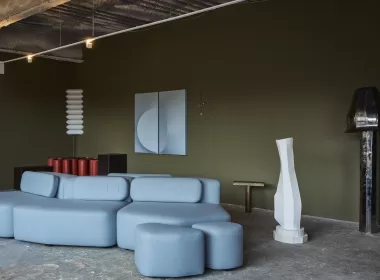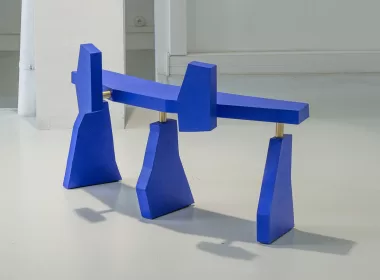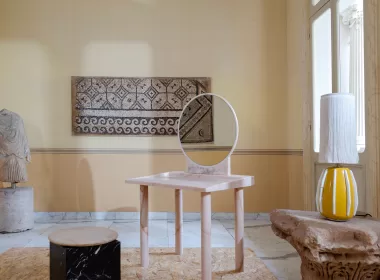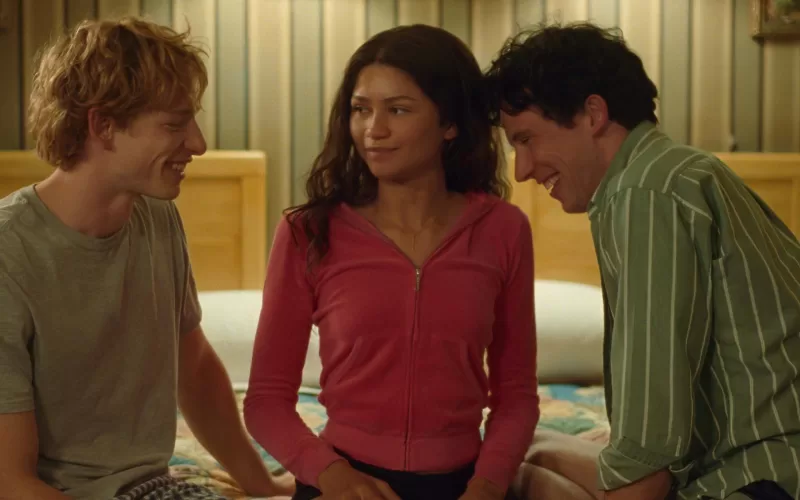Social media landscapes are often bubble realities that exist only online, promoting different cultural backgrounds as aesthetically pleasing theme pages or fun commentary of benign misgivings and quirks that makes us all same but different. One curious aesthetic that started trending in the last decade is brutalist architecture, or rather its remains in Balkan and ex USSR countries, the so called “Easter European aesthetic”. Winter landscapes showcasing rows of gray buildings from places like Novokuznetsk, Riga, and Belgrade are a “vibe”, a bubble of forgotten time that still exists and that opposes Western modernity. However, this perception is usually curated by those who romanticize the movement, not by the people who actually live in these buildings. Brutalist architecture in Eastern Europe is a living testament to a bygone era, often perceived as a beckon of negative aesthetic, aesthetics of ugliness. These structures symbolize a period of time in history of the countries of Balkan and Eastern bloc that were made to cater to a large influx of people and modest, practical living, capturing the visually recognizable realities of life in a socialist regime. But what is truly beautiful about these socialistic buildings?

The Reality Behind the Aesthetic
The beauty of Balkan socialistic buildings doesn’t have much in common with their high-end adaptation online. These buildings were designed with functionality and equitable distribution in mind, rather than aesthetics. A prime example is New Belgrade, a part of the Serbian capital built after 1948 as part of post-World War II reconstruction. Originally planned in 1924, New Belgrade transformed a swamp land into a city area, reflecting socialistic and later modernist principles. The brutalist style in New Belgrade was prominent in the 1940s, but after Yugoslav-Soviet conflict of 1948, the architectural style in the 1960s shifted to Le Corbusier’s concept of modern living, emphasizing urban and sustainable living, creating idea of a “radiant city”, a living functional machine made to provide living, working, caring for the body and spirit, and circulation. One notable building is “Lamela” in Block 21, a kilometer-long S-shaped structure housing 3,500 people. The aesthetic of cluster blocks was not the primary goal; instead, socialistic focused on functionality and equal distribution for all.
How did cluster blocks become an aesthetic?
For those of us still living in these cluster blocks, the perception of beauty or ugliness varies based on individual taste and experience. These conglomerates, their grayness and stark looks are often invisible for us. Buildings are living, breathing organisms, pulsating with movement and life.
Entrance crowded with bicycles and push chairs.
Rattling elevator where I got stuck during the bombing in 1999 since air strike hit too close, cutting the power lines.
Neighbor from fourth floor whose plants occupy half of hallway.
Brutalist buildings of Belgrade are so saturated with life, its easy to overlook their austere shells.
However, the nostalgic portrayal on social media often misses the mark. Is brutalism the new primitivism? In the late 19th century, artists like Paul Gauguin and Picasso sought inspiration from far-off, untouched natural environments, leading to some of the most influential works of the 20th century. It’s a small chance that the New Belgrade blocks will ever serve as the new Tahiti but there is something to it.
The end of 19th century witnessed the same saturation of the excess we experience today, where the Western world got to the point of overflowing abundance and enormous wage gaps between classes, leading to the idea that one must flee to the different shores where simple life is the prerogative away from falseness and corruption. This dichotomy is evident in social media trends that glorify excess and luxuries in opposition to trends that focus on simple life, off the grid or in this case, brutalism.

Blocks are beautiful not because of the vibe. But because people live in them.
We didn’t choose our heritage. We make the best of it everyday by creating new layer of our culture, modern, happy and meaningful. Our radiant city lays on the same principles: living, making meaningful efforts, caring for self and moving forward. Le Corbusier’s principles with a twist. However valiant the idea of a simpler life is, life in the Balkans and former USSR blocks in 2024 is as modern as anywhere else. It seems avant-garde to be on the side of simple and authentic life, but romanticizing poverty as authentic is far from good or correct. Mistaking poverty as a natural human state that is “authentic” and opposing it to “fakeness” is dangerous. Romanticized homemade jams and doilies on TV sets, broken down elevators and sad playgrounds, where poverty equals authenticity leads to the idea that poverty is, just like in primitivism, a natural or a true state of human nature. Lack is not the true human state, it is not the only one, it is not healthy, and also not really aesthetically pleasing. If today’s culture criticizes artists like Gauguin or Picasso for fetishization and cultural essentialism – then maybe cluster blocks deserve the same justice.








